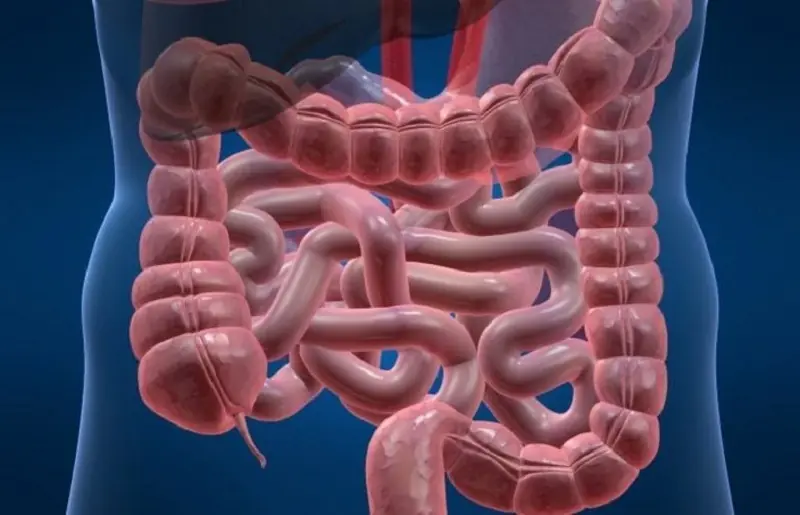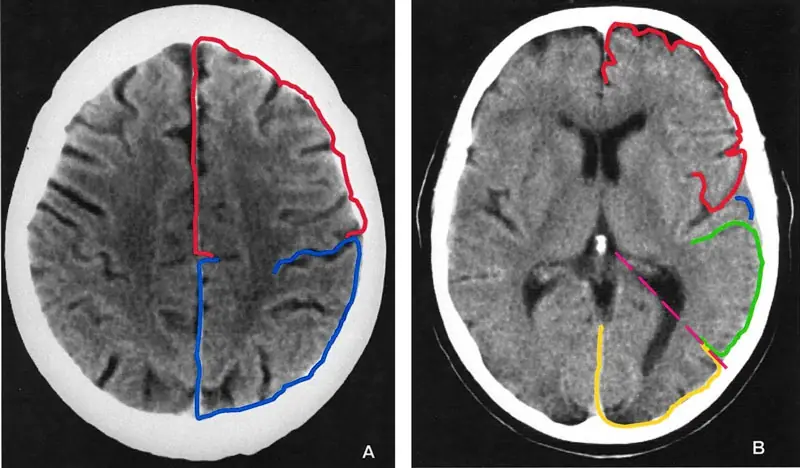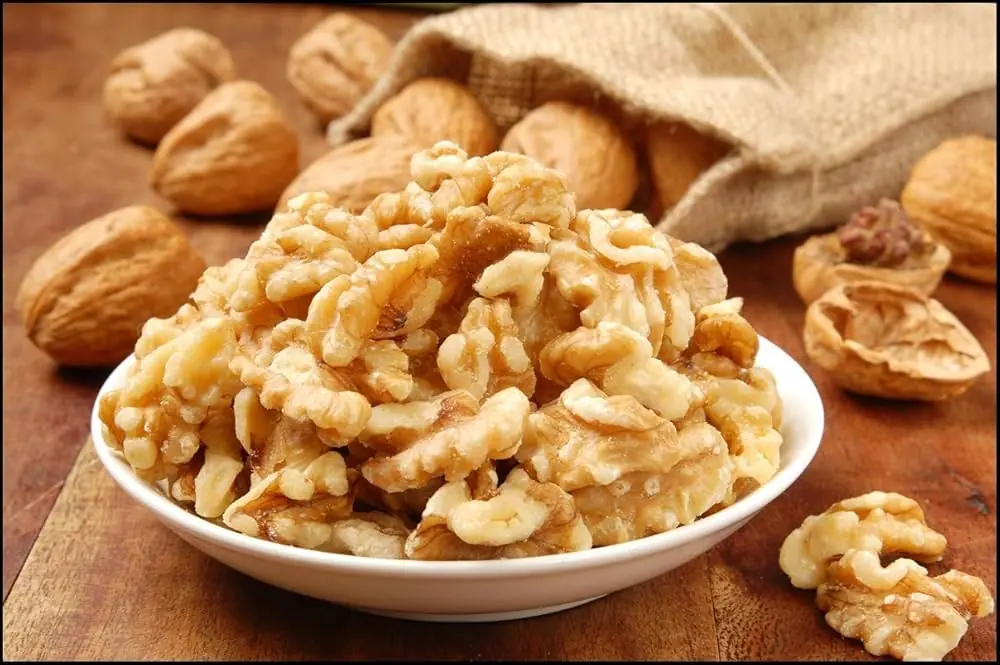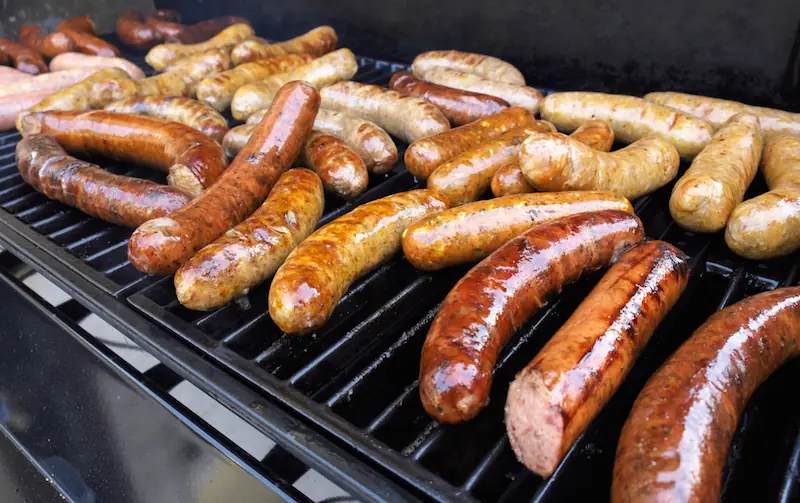Understanding how malt, brewing methods, and a beer’s glycaemic index (GI) affect the body is crucial for anyone monitoring blood sugar levels. Craft and specialty beers are becoming increasingly popular, but their effects on glucose levels are often overlooked. Even nonalcoholic beer, commonly considered a “healthier” choice, can carry hidden risks. A closer look at what is in the glass reveals the gap between perception and reality.
Alcohol and GI
Controlling blood glucose levels is essential for individuals with type 2 diabetes (T2D). Alcohol can affect glucose metabolism in several ways. It inhibits gluconeogenesis and the production of new glucose in the liver, which can lead to hypoglycaemia, particularly in patients taking glucose-lowering medications, such as insulin or secretagogues. Many alcoholic beverages also contain carbohydrates that increase blood sugar levels.
The carbohydrate content of beer varies according to its type, brewing method, and alcohol content. Light lagers and pilsners contain up to 3.5 g/100 mL. A 0.5-L glass delivers roughly 12-18 g, similar to a small slice of bread.
Wheat beers can contain up to 4.5 g/100 mL. This is due to the type of malt, the top-fermentation process, and the richer sugar content of the original wort, the sweet liquid extracted from malted grains before fermentation. Therefore, a standard pint can deliver more sugar than expected from a “light” beer.































